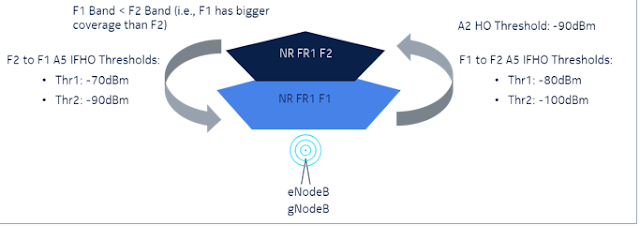Volte MOS and Throughput Vs Coverage in LTE

What is poorest RSRP to deliver Service in LTE Hi readers you might be come across a situation when people can ask what will minimum RSRP to deliver good voice experience and throughput Below are DT observation of one of metro in India with dense clutter Average SINR - 5.3 Average PRB Utlization - 58.2 % Volte MOS Vs RSRP Volte MOS always Good (>3.5) when coverage better than -105/-106 dBm There is drastically degradation in MOS post RSRP -105dBm LTE User Throughput Vs RSRP User throughput always good (>3Mbps) when RSRP better than -110dBm -85/-95dBm is best delivery of throughout at reference RSRP Post -100dBm throughput start degrading more frequently


